Xiaomi was expected to launch the Mi 7 this 2018 but talks of Xiaomi Mi 8 started showing up a couple of weeks before the launch event, which also happened to host the company’s celebrations to mark its 8th anniversary. Speaking of which, it is this anniversary that led to the name change as Xiaomi saw it fit to baptize the much-changed phone to mark this milestone, but the Mi 8 wasn’t alone, rather, it was accompanied by two other variants – Xiaomi Mi 8 Explorer Edition and Xiaomi Mi 8 SE.
While a lot has already been said about the Mi 8, Mi 8 SE and Mi 8 Explorer Edition (EE), it’s not possible to exhaust everything in one go. To give you a better picture of what is in question here, let us first take a closer look at the specs of these three variants of the Mi 8.
Xiaomi Mi 8 specs
Mi 8 SE
- 5.88-inch Super AMOLED FHD+ (2244 x 1080) display
- Qualcomm Snapdragon 710 processor
- 4GB/6GB RAM
- 64GB of storage
- Dual 12MP + 5MP main camera
- 20MP front camera
- 3120mAh battery
- Android 8.1 Oreo
- Extras: Bluetooth 5.0, USB-C, Quick Charge 3.0, dual 4G LTE, rear-mounted scanner, facial recognition, etc.
Mi 8
- 6.21-inch Super AMOLED FHD+ (2248 x 1080) display
- Qualcomm Snapdragon 845 processor
- 6GB RAM
- 64GB/128GB/256GB storage
- Dual 12MP + 12MP main camera
- 20MP front camera
- 3400mAh battery
- Android 8.1 Oreo
- Extras: Bluetooth 5.0, USB-C, Quick Charge 4.0+, dual 4G LTE, dual-band GPS, rear-mounted scanner, infrared face ID, etc.
Mi 8 EE
- 6.21-inch Super AMOLED FHD+ (2248 x 1080) display
- Qualcomm Snapdragon 845 processor
- 8GB RAM
- 128GB storage
- Dual 12MP + 12MP main camera
- 20MP front camera
- 3000mAh battery
- Android 8.1 Oreo
- Extras: Bluetooth 5.0, USB-C, Quick Charge 4.0+, dual 4G LTE, dual-band GPS, in-display scanner, 3D Face ID, etc.
From a design perspective, the Xiaomi Mi 8 series has a great build with all the premium feel you can expect from a company that rides on the back of Apple’s success. Speaking of which, the entire Mi 8 series is a blatant copycat of the Apple iPhone X as far as looks are concerned. Although Xiaomi missed a few design cues here and there, the result is a trio of phones that look almost similar to the Apple flagship, but it comes at a price half that of the iPhone X.
Before looking at the markets that will be getting the new Xiaomi Mi 8, here are some highlights about the new Mi 8 series.
What you didn’t know about Xiaomi Mi 8 series
As pointed out, the new Mi 8 series consists of three phones – the entry-level Mi 8 SE, the middle-of-the-pack Mi 8, and the high-end Mi 8 Explorer Edition. To help you better understand the trio, here are a few pointers:
The Mi 8 SE is the first to rock the Snapdragon 710 processor
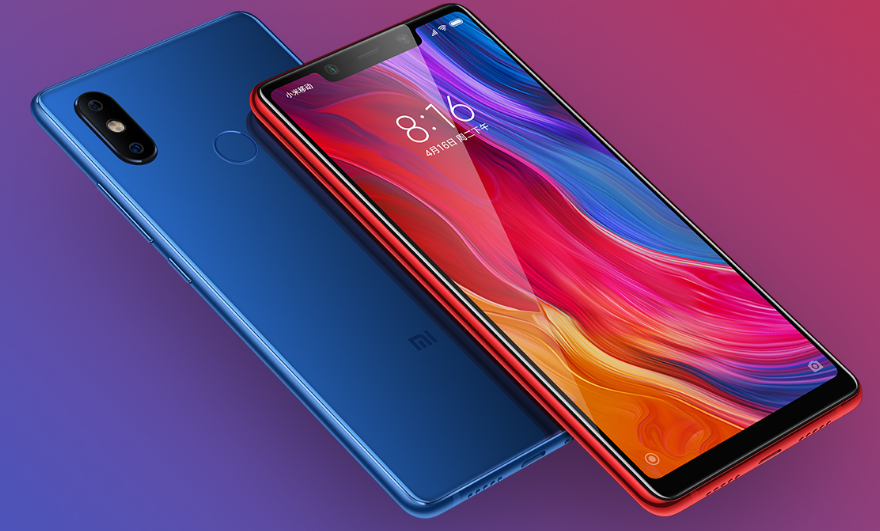
Never had we seen a device powered by Qualcomm’s Snapdragon 710 chipset until Xiaomi announced the Mi 8 SE. This chipset is the direct successor to the Snapdragon 600 series that has been a huge success over the years and with it comes a flurry of new features and capabilities that were previously exclusive to the high-end Snapdragon 800 series.
Xiaomi finally made the switch to OLED panels
For years, Xiaomi’s smartphones have relied on LCD panels – panels that have on numerous occasions been labeled inferior to the Samsung-made Super AMOLED screens we see on the Galaxy phones of this world. However, with the Xiaomi Mi 8 series, the company has finally made the switch to the best there is – Samsung AMOLED, a move that should for sure be welcomed by many fans out there.
Only the Mi 8 EE has 3D facial recognition
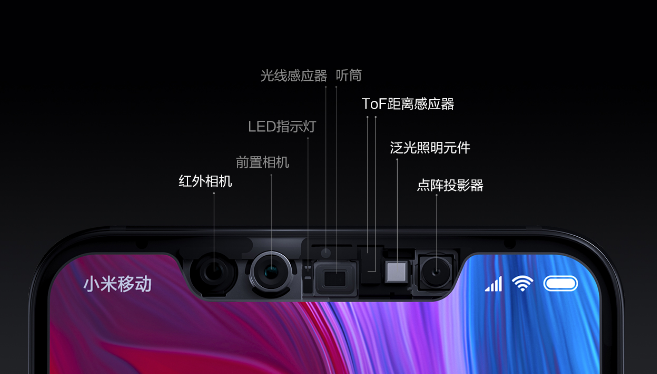
All three phones in the Mi 8 series are equipped with facial recognition, however, there are varied descriptions for the feature. Where the Mi 8 SE will simply support facial recognition via the selfie shooter, Xiaomi says the standard Mi 8 comes with an infrared facial recognition system that promises better performance and is more secure.
Things get even better when it comes to the Mi 8 Explorer Edition, where you get iPhone X-like 3D Face ID, making it the first Android device to adopt this type of technology.
The Mi 8 EE also comes with an in-display fingerprint scanner
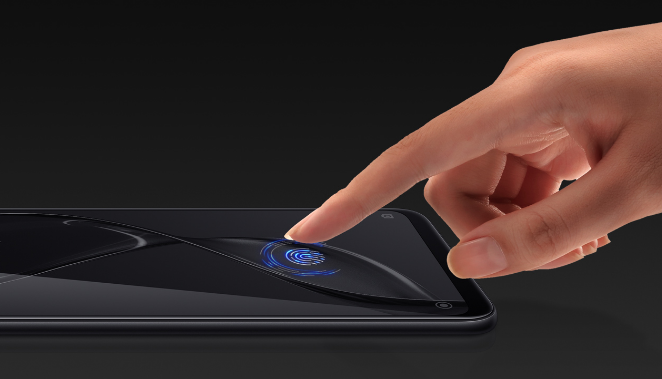
In addition to being the first to add support for 3D facial recognition, the Mi 8 Explorer Edition also happens to be the second device in the world to rock in-display fingerprint scanning technology. Samsung was highly expected to lead the way but it was beaten to this technology earlier this year by yet another Chinese OEM, Vivo.
The Vivo X21 UD has since been followed up by the Vivo Nex that also supports in-display fingerprint scanning technology, but this handset came out after the Mi 8 EE’s launch.
As for the other two Mi 8 variants, you still have to deal with a rear-mounted fingerprint scanner, which is still a likable feature and placement as well.
The Mi 8 EE is transparent
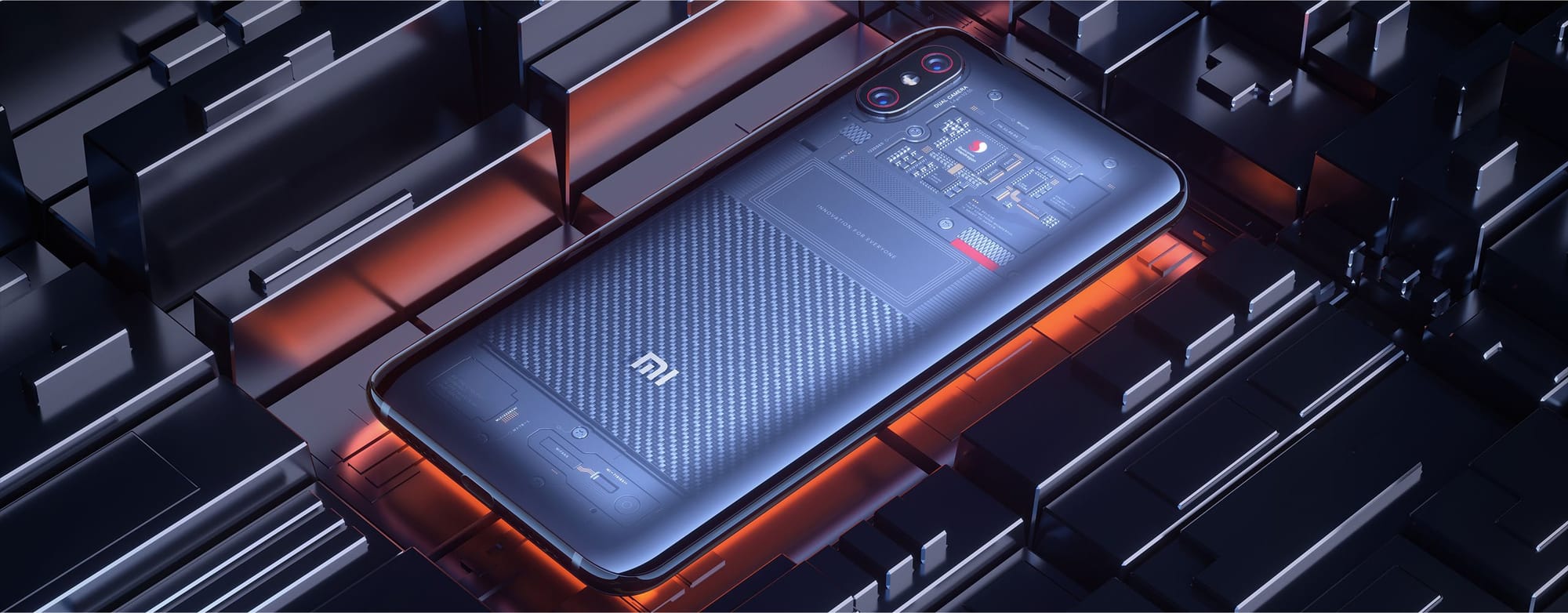
HTC launched the HTC U11+ in late 2017 and one of the major highlights was the change to the trending 18:9 aspect ratio. However, one thing that perhaps didn’t get the hype it deserved was the introduction of a transparent variant that gave users a view of the phone’s inside from the rear panel.
Apparently, Xiaomi has taken down this path with the Mi 8 Explorer Edition, where the phone’s back panel is similarly transparent and it even shows what looks like the Snapdragon chipset and other stuff, but then again, this is just a design trick. Even if what you are seeing isn’t the real internal design of the phone, this is a cool trick.
The Mi 8 EE has a smaller battery
By opting for the premium Xiaomi Mi 8 Explorer Edition and all of its transparent glory alongside 8GB of RAM and 3D facial recognition, you will also be foregoing one of the most important aspects in every smartphone users’ life – battery life.
Given that the Mi 8 and Mi 8 EE are identical phones with only a few tweaks here and there, we expect that the pair’s battery consumption rate will be at par. However, you are getting a smaller 3000mAh unit on the transparent model that could mean you get a shorter period of use on a single charge when compared to the standard Mi 8.
On the brighter side, even if the battery does deplete fast, getting back on the road shouldn’t take long thanks to the included support for Qualcomm’s Quick Charge 4.0+ technology. It’s also worth noting that the standard Mi 8 and Mi 8 EE, which both support QC4+, are also compatible with the slightly older Quick Charge 3.0 technology.
Price and availability
Xiaomi has been spreading its love to more markets across the globe. We recently saw it open stores in France and Italy to follow up on late last year’s launch in Spain and while we expect the Chinese OEM to bring the newly launched Mi 8 series to these markets, there’s no official word on the same.
Still, we are of the belief that Xiaomi Mi 8 will lead the way in the company’s push into these markets and others that it has already established some presence. So far, we think the Mi 8 series – or at least the standard edition – will be sold in the following markets:
- Hong Kong
- The U.K.
- Sweden
- Switzerland
- Ireland
- Austria
- Denmark
- Italy
- Spain
- India
- Kenya
Once again, this list isn’t an official communication from Xiaomi, but we have reason to believe that the company will be sending the Xiaomi Mi 8 to these markets sooner or later. Of course, we’ll be here to make any changes to this list if need there be, but for now, take it with a grain of salt.
As for the pricing, here are the details:
| Category | Xiaomi Mi 8 | Xiaomi Mi 8 Explorer Edition | Xiaomi Mi 8 SE |
| China | CNY 2,699 for the 6/64 GB version
CNY 2,999 for the 6/128 GB version CNY 3,299 for the 6/256 GB version |
CNY 3,799 (8/128GB) | CNY 1,799 for the 4GB RAM version
CNY 1,999 for the 6GB RAM version |
| India | N/A | N/A | N/A |
| Europe | 549 Swiss francs (about €480) for the 6/64GB version
599 Swiss francs (about €520) for 6/128GB version |
N/A | N/A |
| USA | N/A | N/A | N/A |
So, would you like to see the Mi 8 hitting a local store near you? Let us know in your comments below.

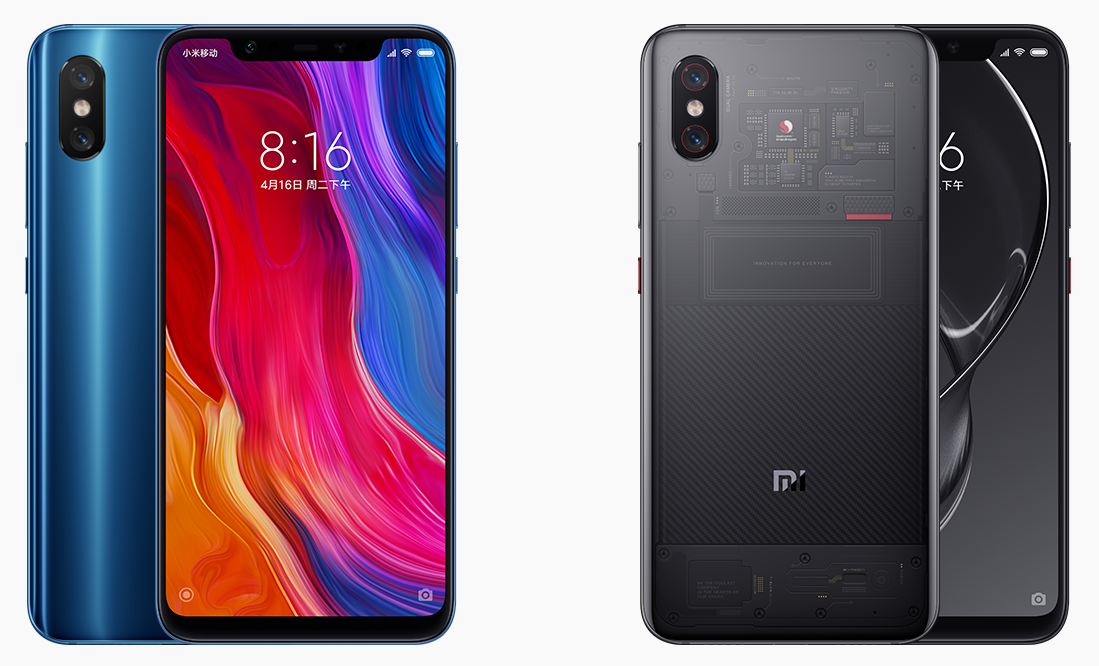











Discussion